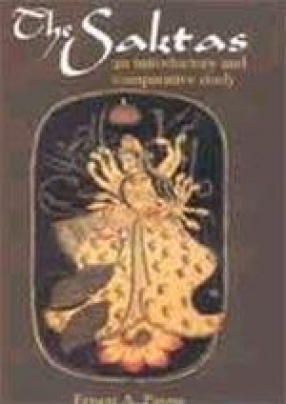Throughout India, and particularly in Bengal, there are hundreds of thousand of Saktas, and they are the product of one of the most important and widespread movements within Hinduism, a movement which, however dark some of its expressions may be, has produced some remarkable types of genuine piety, and a considerable literature. The three chief characteristics of Saktism re its idea of the Deity as Destroyer, its conception of god as Mother, and its attention to ceremonial. Each of these features can be paralleled in other forms of Hinduism, but nowhere are they so combined and emphasised as in this sect. The word sakti means ‘energy’. Power or Force is conceived as the active principle in the universe, and is personified as a goddess. From the primordial Sakti every other form of activity proceeds. Under many different names it is worshipped as Devi or the Mother. Saktism is a movement as complex as any within Hinduism. We propose first of all to describe the sect, and to outline its practices; then to consider the rise of Sakta ideas in the religious literature of Hinduism. An attempt will be made to indicate some of the possible causes of its popularity, and the origin of some of its beliefs. The background in Bengal and Assam will then be filled in greater detail, for only with that background in mind are we in a position to understand the fine examples of intense devotion and touching faith to be found among the Saktas.
The Saktas: An Introduction and Comparative Study
In stock
Free & Quick Delivery Worldwide
reviews
Bibliographic information
Title
The Saktas: An Introduction and Comparative Study
Author
Edition
1st ed.
Publisher
ISBN
8177557572
Length
xiv+154p., illustrations.
Subjects





There are no reviews yet.